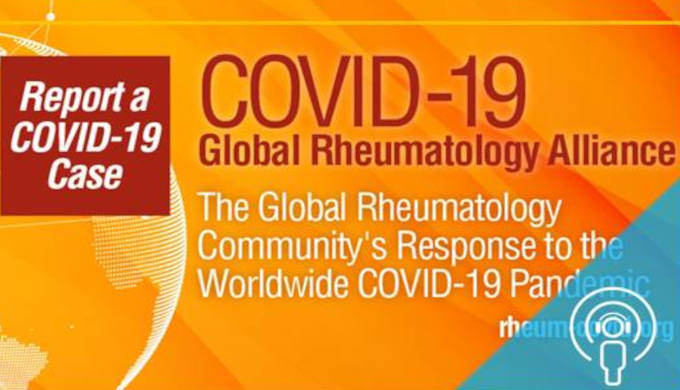Author: Lucy Piper
medwireNews: Antiviral therapy may preserve residual insulin production in children and adolescents newly diagnosed with type 1 diabetes, suggest findings from the DiViD intervention study.
Six months of treatment with an antiviral combination of pleconaril and ribavirin led to significantly higher endogenous insulin production at 12 months compared with placebo, Knut Dahl-Jørgensen (University of Oslo, Norway) and colleagues report in Nature Medicine.
“Viruses contribute to the pathogenesis of [type 1 diabetes], both by damaging β cells or triggering the autoimmune response”, they explain, adding that recent data have indicated that eradication of low-grade enterovirus infection could “improve the pancreas’s ability to secrete insulin after the onset of clinical disease.”
For the phase 2 study, the researchers randomly assigned 90 children and adolescents (42% girls) with stage 3 type 1 diabetes, aged a mean of 11 years (range 6–15 years), to receive a combination of pleconaril (5 mg/kg twice daily up to a maximum daily dose of 600 mg) and ribavirin (7.5 mg/kg twice daily up to a maximum daily bodyweight-determined dose of 1000 or 1200 mg) as separate oral solutions or placebo for 26 weeks.
By 12 months of follow-up, the primary outcome of endogenous insulin production, as assessed by the 2-hour C-peptide area under the curve (AUC), had fallen by 11% among those in the pleconaril plus ribavirin group, from 0.62 pmol/L at baseline to 0.55 pmol/L. This compared with a 24% decrease in C-peptide AUC among youth in the placebo group, from 0.51 pmol/mL to 0.39 pmol/mL over the same period.
“The observed moderate effect of pleconaril and ribavirin may have clinical implications”, say the investigators. “In general, even a limited preservation of C-peptide levels is associated with improved metabolic control, reduced hypoglycemia and lower long-term microvascular complications.”
In terms of secondary endpoints, there was a significant difference in the proportion of participants whose peak serum C-peptide secretion dropped below 0.2 pmol/mL at 12 months, from 100% at baseline to 85.7% of those in the combined treatment group versus 66.7% of those in the placebo group.
Also, mean glycated haemoglobin (HbA1c) levels were significantly lower among those in the pleconaril plus ribavirin versus placebo group at 3 (32.7 vs 44.6 mmol/mol; 5.1 vs 6.2%) and 6 months (38.5 vs 48.5 mmol/mol; 5.7 vs 6.6%), compared with similar levels at baseline (87.6 vs 84.7 mmol/mol; 10.2 vs 99%) and 12 months (48.4 vs 50.9 mmol/mol; 6.6 vs 6.8%). The findings were similar for insulin dose-adjusted HbA1c.
The authors note that haemolysis, which can reduce the lifespan of erythrocytes and lower HbA1c, is a known side effect of ribavirin. This occurred in 27 patients in the combination treatment group versus 23 of those in the placebo group, and “may, at least in part, explain the observed differences in HbA1c at 3 and 6 months,” they say.
There were no significant differences between the two groups for glycated albumin, insulin dose, or insulin pump use.
The drug combination was well tolerated with no serious adverse events in either group and a similar incidence of adverse events during the first year, affecting 87.2% of patients treated with pleconaril plus ribavirin and 85.7% of those given placebo. There was no difference in the risk of infections.
“The present study suggests that it could be possible to improve the function of the β cell mass with antiviral treatment,” Dahl-Jørgensen et al comment.
But they acknowledge that it took 12 months for the pleconaril and ribavirin combination to influence endogenous insulin secretion, and therefore suggest that “it may be more effective to intervene with antivirals at an earlier stage of the disease, that is stage 2, when there is more β cell function to preserve.”
The team concludes: “These results provide a rationale for future studies to evaluate the efficacy of antiviral drugs in the prevention and treatment of [type 1 diabetes].”
News stories are provided by medwireNews, which is an independent medical news service provided by Springer Healthcare Ltd. © 2023 Springer Healthcare Ltd, part of the Springer Nature Group
This independent news story was supported by an educational grant from L’Institut Servier, Suresnes, France.
Nat Med 2023; doi:10.1038/s41591-023-02576-1
Image Credits: © Fertnig / Getty Images / iStock



